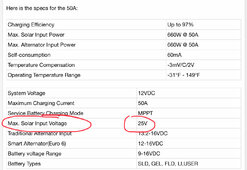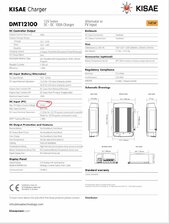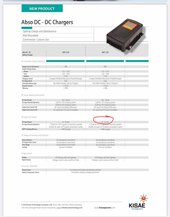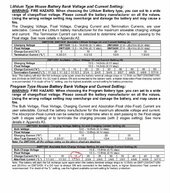Agreed.
@ERR , I first had a whole Renogy setup. Long story short, it was inefficient, frustrating to use and headache inducing customer support. I replaced the charge controller and inverter with Victron models and my goodness, it’s a night and day difference. I also get 15-30% more solar production with the Victron charge controller compared to the Renogy one. Same panels and wiring, only thing that changed was the charge controller.
I have not tried the combo dcdc/mppt unit from Renogy, but if it’s designed as poorly as their other products, I’d run from that. Their pricing was once attractive, now you couldn’t pay me enough to use their stuff.
Also, the Victron smart solar 100/30 MPPT is now actually cheaper than the Renogy Rover 30A MPPT. Because the Renogy requires a $30 Bluetooth dongle to properly program it, whereas the Victron has Bluetooth built in. The ease of use of both the device and the Bluetooth app are way better with the Victron.
Finally, if you do go with separate devices, do you intend to have a 120v AC charger as well? If so, it can be cheaper to buy a cheap low wattage inverter to power that AC charger from your vehicle’s starter battery, instead of a DC-DC charger. The latter requires thick expensive wiring if you’re 12v. The former only requires a short run of wiring to the inverter, then regular 12-14AWG wiring to your AC charger. Put a switch in the cab to turn on or off the inverter. Smart to use the AC charger on shore or on the road. Depends upon your charger though.







